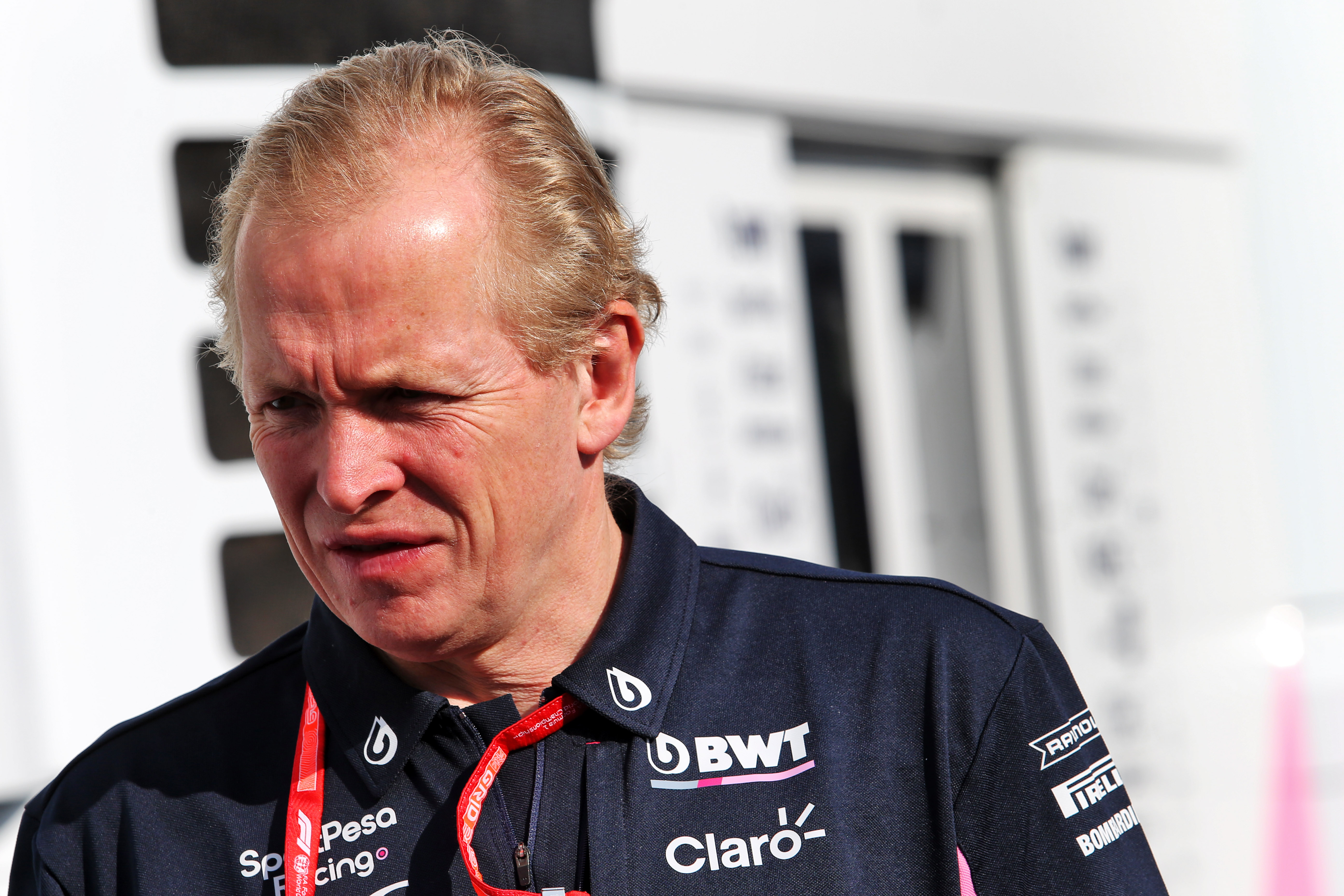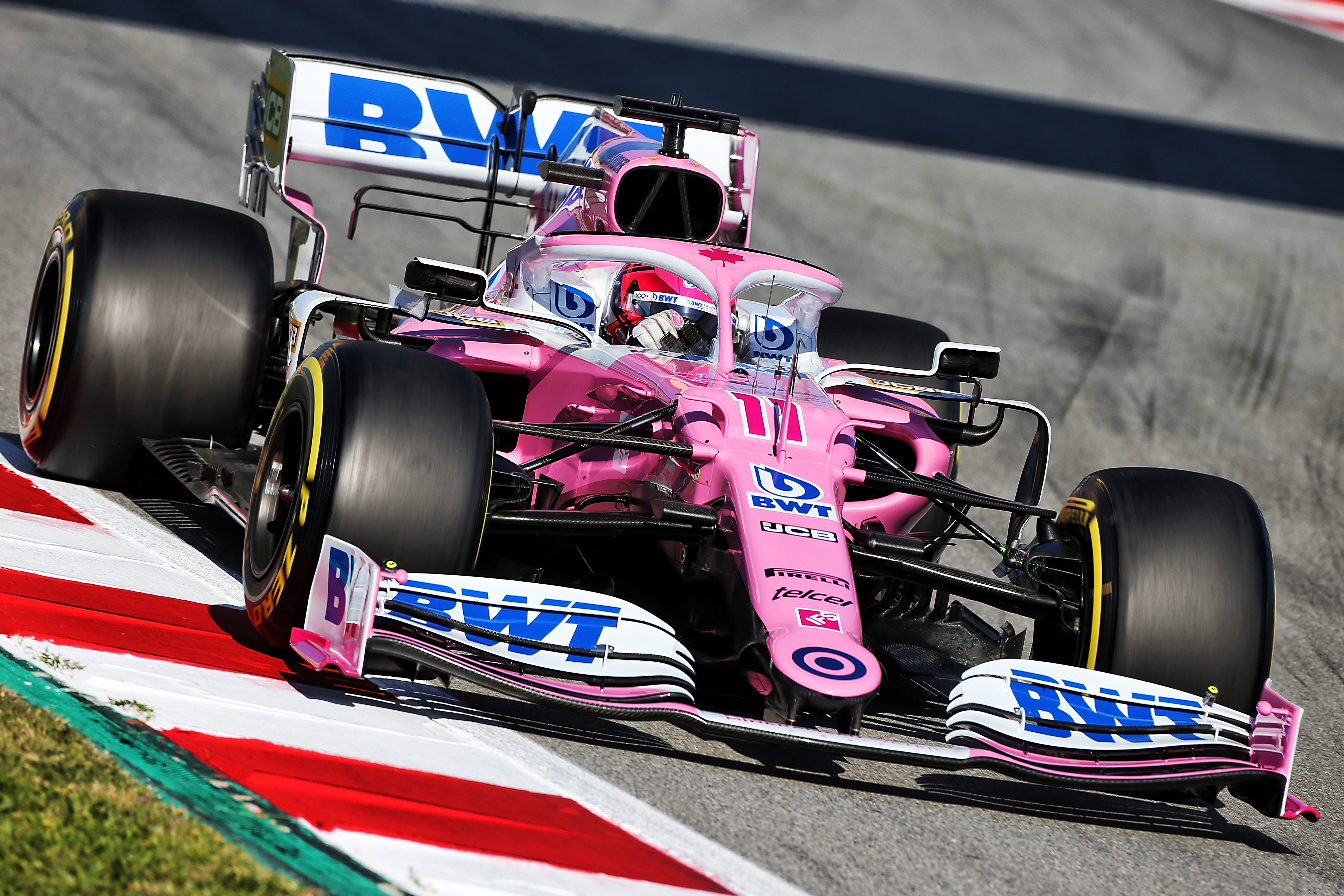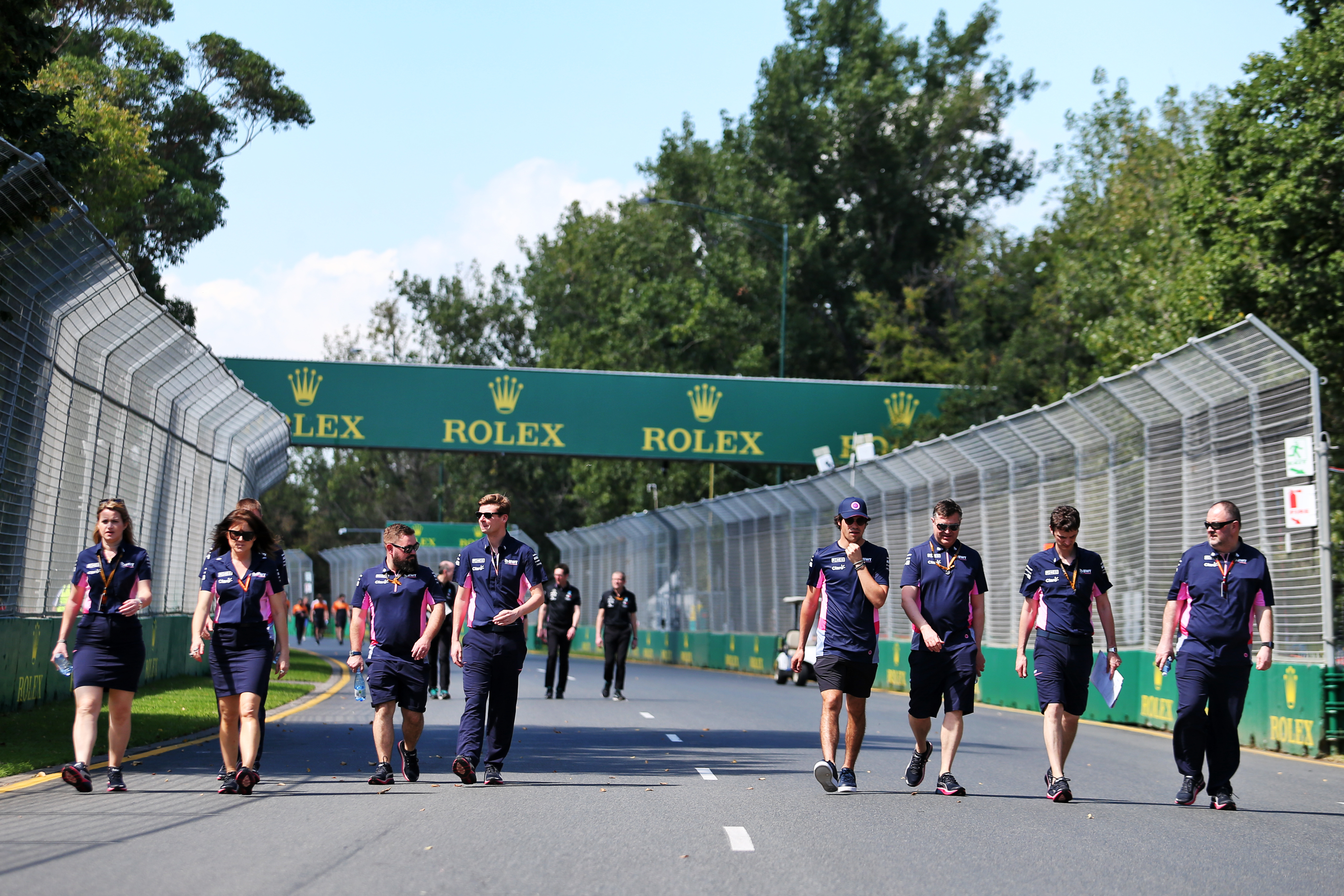Up Next

The design of Racing Point’s new Formula 1 factory will be influenced by social distancing and working from home practices utilised during the coronavirus pandemic.
F1 teams returned to work this month after being forced to observe either shutdown restrictions or government lockdowns almost immediately after the Australian Grand Prix was cancelled in mid-March.
However, factories are not filled with employees again as teams have only allowed personnel who need to work on-site to return, with others working from home.
Racing Point’s move to a new factory has been delayed by the COVID-19 outbreak and it will not move from its smaller, restrictive Silverstone facility until August 2022.
Technical director Andrew Green said the delay has given Racing Point time to adjust its plans to “surprise” learnings from this period of working remotely.
“It does change the way that we are looking at the office layouts for the new factory, we have an opportunity to design a new factory for this new way of working,” Green said in response to a question from The Race.
“And we’re really just finding out feet with this new way of working, but it looks like it is going to be different, and it looks like we can be as efficient, or even more efficient, working in a slightly different way.
“We don’t have to have a drawing office with 300 people with everybody sitting in their seats every day. It doesn’t appear to be the most efficient way to work.

“That’s something that was a surprise to us. And it is going to affect the way that we look at the layout of the factory going forward, and how can we naturally distance people.
“They don’t need to be crammed into a huge space, and how can we actually ventilate the system differently?
“How can we get people who are working from home interacting more with the people who are working in the factory?
“How do you have virtual meetings at your desk seamlessly?
“It’s a new way of working. We’ve still only been doing it for a few weeks so we’re very new to it but it is emerging that it is going to be different.
“And the great thing is we have an opportunity to design the factory to suit.”
Racing Point’s Silverstone factory was built in the early days of Jordan in the 1990s, and as the team has expanded other offices have been set up.
Uniting the team’s infrastructure is among the priorities ahead of Racing Point’s transformation into Aston Martin next year, but Green said Racing Point is actually now “under no real pressure at the moment to expand”.
F1 has pushed back new car rules to 2022 and this year’s cars will be mostly carried over to 2021, when a new, lower-than-planned cost cap of $145m will be in place.
That means Racing Point will not be badly hurt by the restrictions of their existing facility as design and development will be reduced, as will their rivals’ total spending.

“It does help in that respect,” said Green.
“Also working under the cost cap as well means that we’re not in any big hurry to move to a big factory.
“With a view to expanding the team massively, those plans can now be modified to suit the cost cap.
“So, I think with the space we’ve got, carrying over majority of the car, we can live with the factory that we have for another two years quite comfortably.”
Green said a “big portion” of the benefit, which Racing Point will hope to replicate in its new factory, is a reduction in “noise” and also an improvement in communication.
“I don’t mean actual noise but noise as in people coming up and breaking their train of thought effectively,” he explained.
“Having ad hoc chats, or someone having a discussion next to them that’s distracting them.
“They also find it much easier to go and talk to other members of the team on a one to one basis when they’re sitting a home.
“Which seems odd, given that they are normally only sitting a few yards away from the person they want to speak to, but find it much easier to have conversations with people when they don’t have to do it face to face.
“Just being a bit more relaxed about how you work, giving people the freedom to work around their home life, I think has helped.
“We’re not seeing people bunking off, we’re seeing the exact opposite we’re seeing people wanting to work more.

“We’re getting people who move their working hours to suit but they seem to be working for longer hours, because I think they’re happier doing it.
“And I think if we’re making them happier and more content, we’re getting more out of them.
“It has been a pleasant surprise.”
Green dismissed a suggestion that remote-working has, or could, make the team more vulnerable to personnel taking confidential information.
He said electronic intellectual property is protected and it is no easier to steal or share data from home than it would be in the office.
“Our IT team did a great job in allowing that to happen as close to seamlessly as we could have ever hoped for,” added Green.
“It doesn’t appear to be impacting anybody in a real negative sense at all.
“All I hear is positives and all I see is positives, which is great.”





